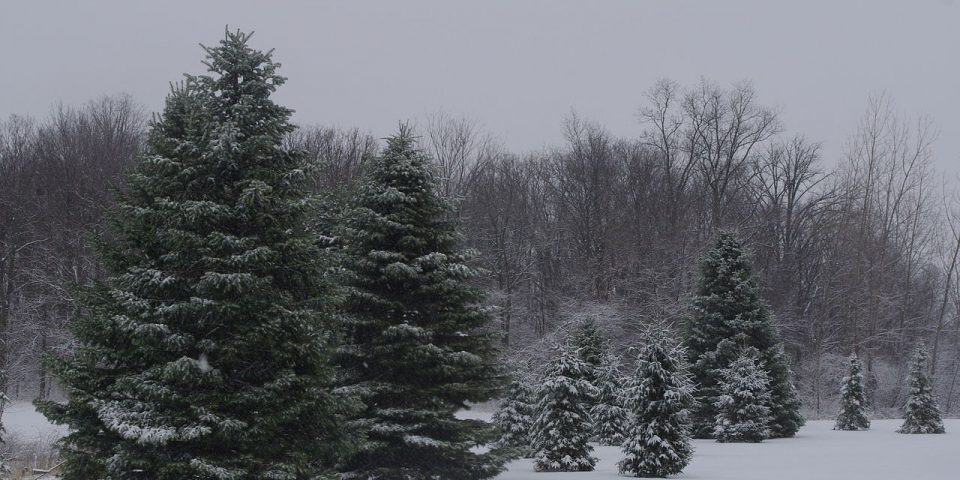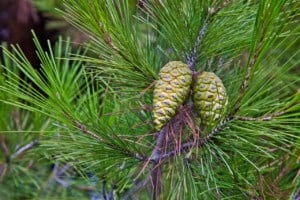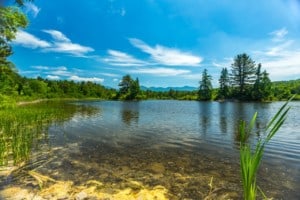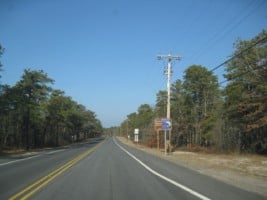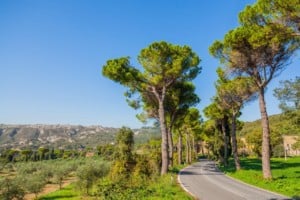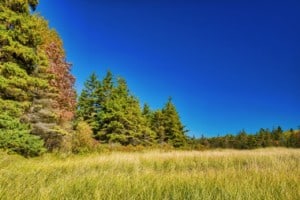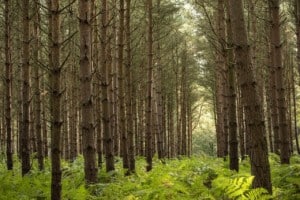When the weather gets too cold, it’s the cue for humans to get their blankets and gloves out. How about pine trees? How do they survive the frosting cold? One would think the trees just drop dead when it gets too cold for them, but that’s not how it goes!
Contents
Do Pine Trees Die in the Winter?
In short: no, pine trees don’t die in the winter. They face some hardships trying to get enough moisture for their branches, but they survive. All trees have their own way of fighting harsh climates, and pine trees aren’t an exception.
How Can Pine Trees Survive in the Winter?
Pine trees survive in the winter thanks to their needles. The small surface area of those needles reduces the moisture lost through transpiration. They have their waxy coatings to thank for that, as they protect the needles from harsh winds.
Instead of stopping to grow in the winter, pine trees fight harder to get water and nutrients. The dark needles aid in getting heat from the sun and the thick trunk protects the tree from freezing.
On top of that, the branches’ cone-like assembly helps them shed snow in an instant. That way, the heavy snow doesn’t cause them to fall.
Pine trees fall under the evergreen species, which means they can photosynthesize in any climate, as long as there’s enough sunlight. They have their needles to thank for that.
Do Pine Trees Lose Their Needles in the Winter?
All trees that have needles eventually lose them, including pine trees. That’s mainly to make space for new needles to grow. People who grow trees may notice that the brown needles toward the tree’s inside fall first.
The process happens annually, but some trees shed all their needles in the winter, such as Larch trees. That’s not how pine trees do it; they shed some of their needles every year in the fall, but never all of them at once.
Related post: Do Pine Trees Lose Their Leaves?
All that being said, some pine trees don’t lose needles at all. These include White, Jack, Red, Swiss Stone, Loblolly, and Sugar pines.
Can a Dying Pine Tree Be Saved?
It depends on the tree’s condition. If the tree’s roots are dying, it can be saved by increasing drainage. When this happens, it means the tree is trying to protect itself from collapsing, and it does it by dying from inside.
In the case of young trees, the grower may be able to trim the dying roots away, thereby solving the problem. Afterward, sufficient watering will cause the tree to get back to its senses. However, the browned needles won’t go back to green.
If the tree is suffering from drought, the needles in the center will start to brown. That’s the cue to increase watering while maintaining a dry balance.
Pine trees don’t have a high tolerance for wet conditions. That’s why watering them needs to be done in moderation, and their soil needs to dry out entirely before getting water again.
Lastly, if the tree is suffering some type of fungus, the solution is easy. A fungicide should revive the tree, but it should include neem oil in its ingredients.
What Climate Do Pine Trees Grow In?
Pine trees come in an extensive range of species, which typically means no rule can include all of them. Meaning, the climate in which pine trees grow varies according to the species.
For example, some types of pine in America can withstand a temperature of -50 F. These grow in USDA zone 2, including the Scottish pine and the Red pine.
Meanwhile, some pine species grow in USDA zone 4, which sometimes reaches -30 F. These include the Austrian pine, the Swiss Stone pine, and the Japanese red pine. All of them can’t grow in climates colder than that.
Lastly, some species grow in USDA zone 6, a milder climate than the previous zones. These species include the Jack pine and the Jeffrey pine.
What Tree Can Survive Harsh Climates?
A lot of tree species are perfectly capable of living in harsh climates. Each one of them has a way to survive, mostly by going dormant.
For starters, black willows can survive in -100 F, which is too severe for any other tree to grow. Sweetgums can grow at -15 F, which is fair enough for their growing habits. Furthermore, American elms can grow at – 40 F, and Magnolias don’t tolerate temperatures below 5 F.
Lastly, live oaks can survive in 20 F.
Mainly, both deciduous and coniferous trees can survive in cold climates. Each type has its own way to adapt. For example, deciduous trees shed their leaves during winter, while coniferous trees don’t.

